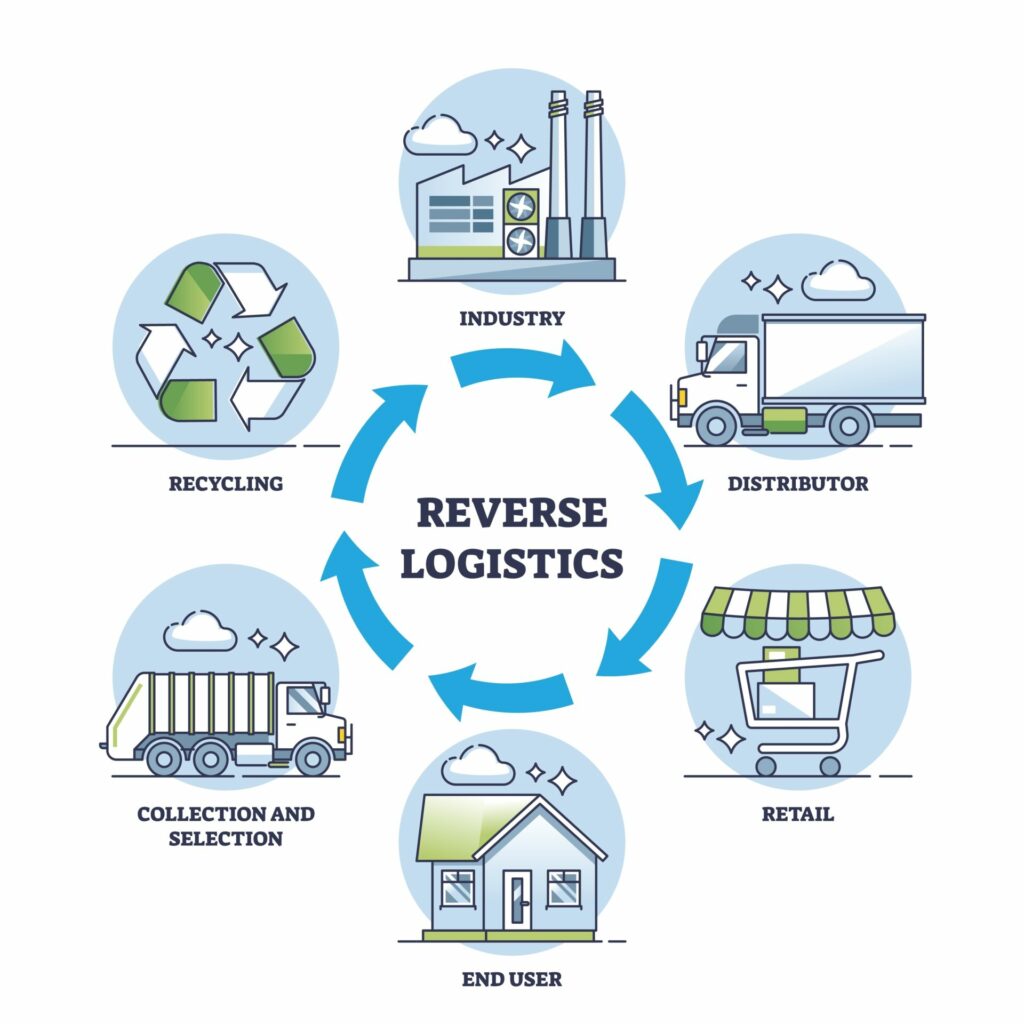If you’re a fledgling ecommerce business, choosing the right shipping carrier for your needs is a top priority. Without a carrier, you have no way of getting those orders out the door.
While it’s tempting to pick a familiar carrier like USPS or FedEx, you could literally be leaving money on the ground in the form of missed cost savings. From day one, it’s important to take the time to evaluate what your needs are and which carrier(s) provide the most suitable service (Spoiler: It might be someone you’ve never heard of!)
So, what should your key criteria be when comparing shipping providers? Believe it or not, it’s not just about cost.
1. What you’re shipping
It’s easy to think about shipping costs from the standpoint of speed. But in this case, size really does matter. The larger your package is, the more room it takes up in a truck or airplane – space that could be filled by multiple packages.
This is why the vast majority of carriers now use to calculate rates. Put simply, DIM weight ensures that carriers don’t lose out by shipping large, lightweight packages. The higher the DIM weight of your parcel, the more that shipping is going to cost you.
For some retailers, this isn’t necessarily a problem. If you’re selling items like jewelry or apparel that are small or can be folded up to reduce size, it’s unlikely that DIM weight is going to play a big role in pricing.
But if you’re regularly shipping large products, it’s important to check what different carriers are charging for oversize items and whether there are size or weight limits. Peak season surcharges are also commonly applied to large packages during the holiday season, so it’s important to factor this into your pricing estimates.
2. Where you’re shipping to
The end destination of your packages is a massive consideration when choosing parcel carriers, as this determines which carriers you can consider. While the ‘big four’ carriers (FedEx, UPS, DHL, and USPS) ship nationwide and have the highest capacity, these are by no means your only options.
Regional carriers i.e. parcel carriers that operate within a limited area can be a great option for businesses whose customers are concentrated in a specific city or state. Because they specialize in short-haul delivery services involving few delivery zones, they also tend to be a lot more affordable than their national counterparts. But depending on the geographic spread of your customer base, it may be necessary to juggle multiple delivery partners. This adds a lot of extra work to your logistics side, so it’s important to determine whether the cost savings outweigh the extra admin.
3. Reliability
As with any product or service, the cheapest option isn’t necessarily the best value. Shipping is a significant cost borne by retailers, especially as consumer expectations for free shipping rise. So, it’s understandably tempting to opt for the carrier which costs you the least amount of dollars.
But there’s a very good reason why price isn’t everything. To offer highly competitive rates, carriers are often forced to cut corners in their service offerings. This could mean no parcel tracking or strict limits on volume at certain times of the year. In the same way that flying with a budget airline can mean having to pay extra for check-in luggage, the hidden costs of ‘cheap’ carriers can end up drastically reducing your savings – or even remove them completely.
Budget carrier LaserShip’s partnership with Amazon offers a classic example of the problems that arise when your delivery partner optimizes for cost rather than service. The carrier has garnered persistent complaints about missed deliveries, damaged orders, and difficulty contacting customer service. Former employees have even advised Amazon customers to opt for slower delivery options, as this boosts the odds of your order being allocated to a more reputable carrier.
So, if your super-affordable carrier can’t guarantee on-time delivery or a basic standard of service, those cost savings will pale in comparison to the damage to your brand’s reputation.

The biggest takeaway? The most appropriate carrier for your business might not be the one with the highest national coverage or even the lowest price per package. Every retailer requires a shipping strategy that’s tailored to their unique needs, and looking outside the box will enable your business to leverage carrier partnerships that strike the perfect balance between cost and quality.




